Why end up writing codes when you want to produce awesome NFT-worthy generative art? Discover the best generative art tools of all time.
Algorithmically generated artworks are a key part of the NFT industry, thanks to the success of bluechip projects from Art Blocks and also creators like Snowfro.
While some generative art projects require a deep knowledge of coding to create, hobbyists can pick from a plethora of free and paid tools to explore this genre.
Without any further delay, let’s delve into the world of the best generative art tools that the most successful the best generative artists use.
Table of Contents
What to Look For in Best Generative Art Tools
Most generative art tools use open-source algorithms that are available for free on GitHub. Hence, it’s highly likely that the backbone of the different AI art generators is primarily similar.
However, developers make some adjustments and branding to make the tools look different from their competitors. When searching for the best generative art tools, consider the following features. Do this before starting your NFT project. It’ll help you to avoid any project bottlenecks when you’ve progressed halfway with the project.
- The tool offers a usage license for NFT or commercial purposes.
- The generative art app doesn’t claim intellectual property rights when you use it.
- Preferably, the tool should be free or charges a nominal fee that you can afford.
- The app offers some degree of automation to produce a 10,000 NFT art collection.
- The tool loads easily on any web browser.
- If you’ve got a high-performance PC, choose the generative art tool with a standalone installer for Windows or macOS PCs.
- Go through the tool’s code to confirm that it’s not using malicious codes to copy your generative art production ideas.
- The AI generated art app offers the option to upload multiple artworks as training models.
- Whether it’s a PC app or web app, the tool should come with an easy-to-understand interface.
- The tool comes with helpful articles and videos.
How to Pick the Best Generative Art Tools
Generative art has become a mainstream technology for NFT content creation. To grab the billion-dollar market, developers publish hundreds of such web or desktop apps daily.
Hence, you can’t just go ahead and choose one and then watch your NFT project fail. You need to invest time in tool research.
But, since you’re here, I’m saving you from complicated generative app research. Just go through the article until the end and carefully notice the features of the tools mentioned below.
Depending on your NFT collection strategy, choose a few apps from below and try them online. If any of these satisfies your needs, you can use the tool immediately or buy it first.
Testing Criteria for the Best Generative Art Tools
When testing the apps mentioned in this article, I’ve carefully considered the following criteria:
- Usability of the functionalities that come with these AI art generator tools.
- Automation features, where mentioned, work according to the developers’ claims.
- The output visual assets are NFT-ready or not.
- No-code or low-code production of generative arts.
- Help videos and articles appropriately explain the tool features.
- Self-troubleshooting is available should you face any issues in the middle of the NFT project.
Now, it’s time to find out the ultimates list of the best generative art tools below:
1. Artbreeder
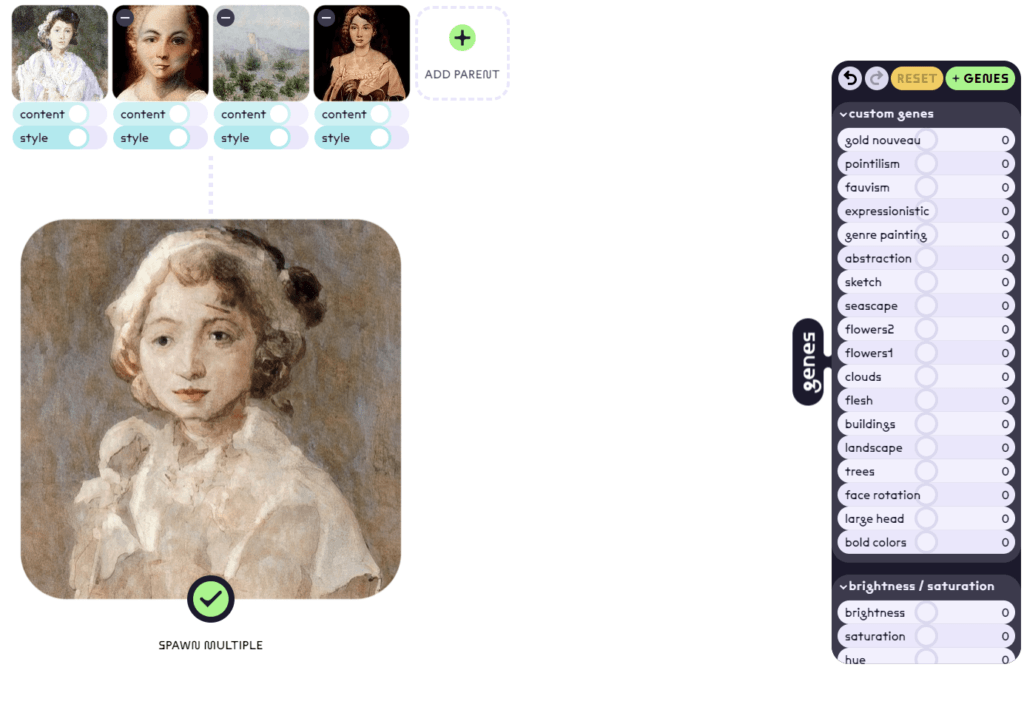
Started as Ganbreeder, Artbreeder is the next-generation AI art app. It uses advanced AI algorithms for generative art like BigGAN and StyleGAN ML models. You can fuse different images according to the scientific concepts of gene splicing, gene mixing, hereditary combinations, etc.
2. Plain Pattern
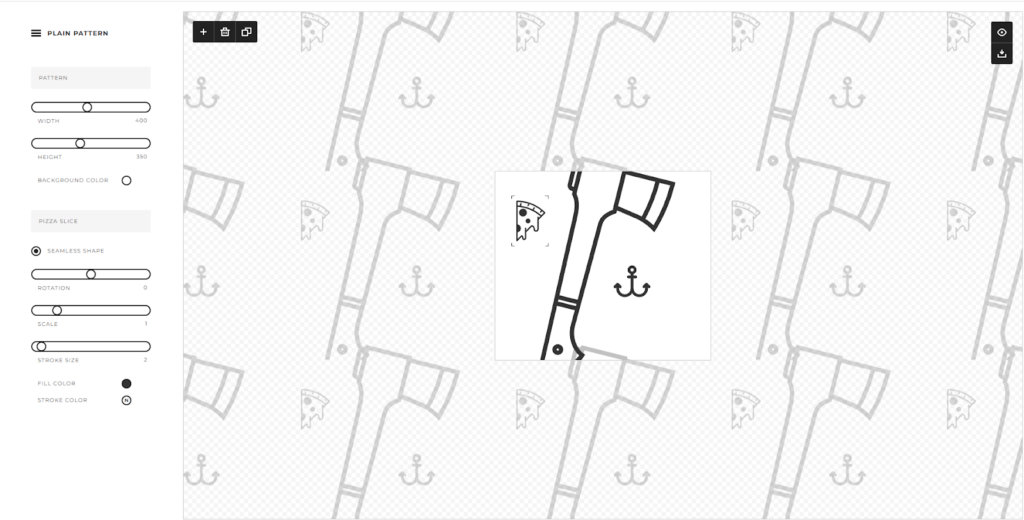
Plain Pattern enables you to create a layered pattern of real-world things like keys, audio cassettes, beer mugs, US dollar bills, shapes, etc. You can upload your own SVG file and use them as pattern elements.
3. Korpus
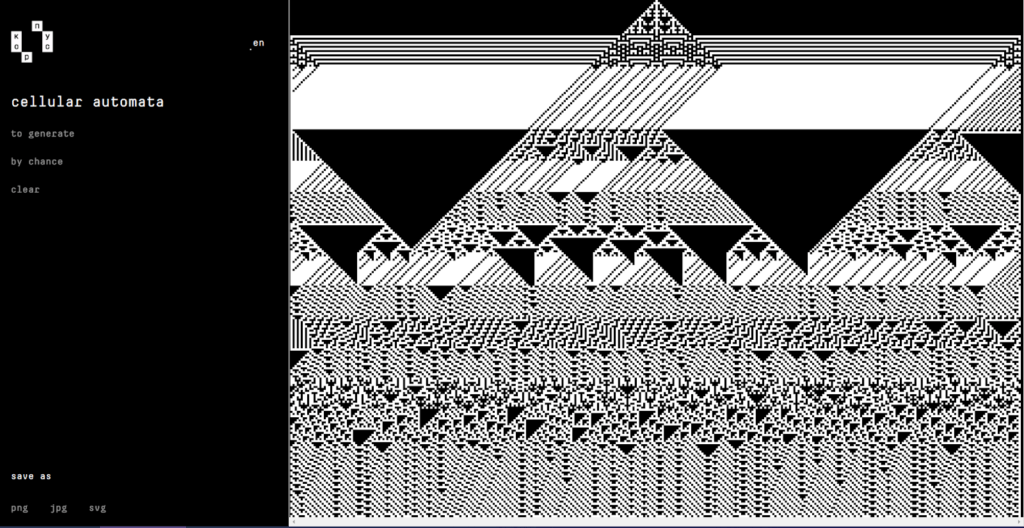
Korpus is an AI art generator that uses the cellular automata model. Scientists and engineers from niches like computational sciences, biological sciences, physical sciences, etc., use this algorithmic approach to map surfaces of microstructures.
It creates outstanding patterns of black and white geometric shapes like triangles, rectangles, lines, etc.
4. Patternico
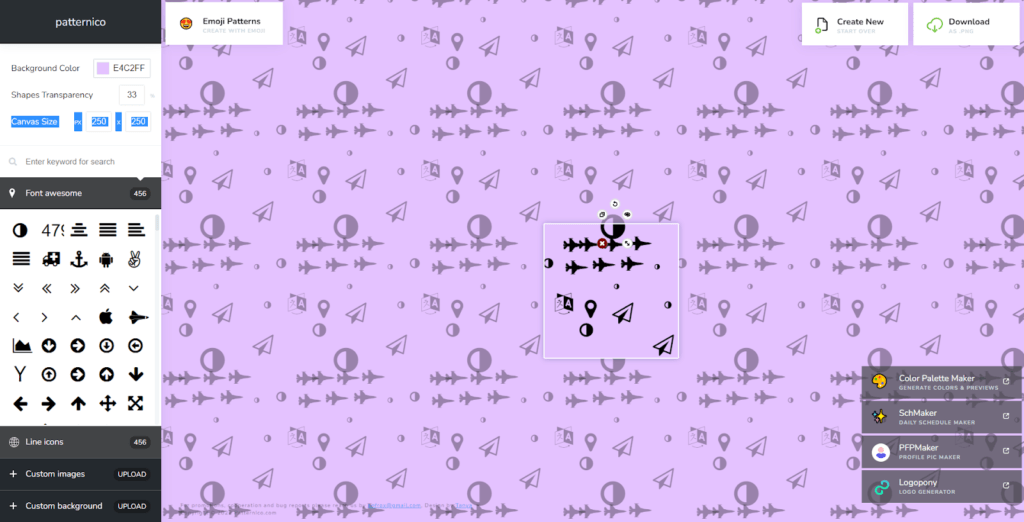
Patternico is a powerful and automated pattern maker. It supports generating patterns using a drag-and-drop interface via a set of fonts and icons. You can also add your own images and backgrounds too.
5. Processing
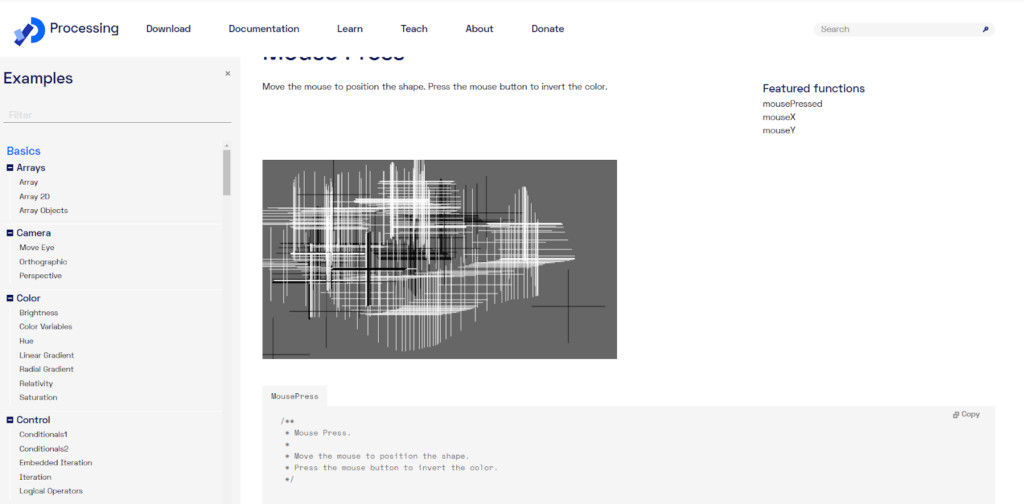
Generative art creation doesn’t need to be code-oriented for the end user. However, if you’re a coder and NFT artist and want to implement your coding skills, check out Processing. It offers novel techniques to learn to code and apply your skills in the niche of the visual arts.
6. Everypixel
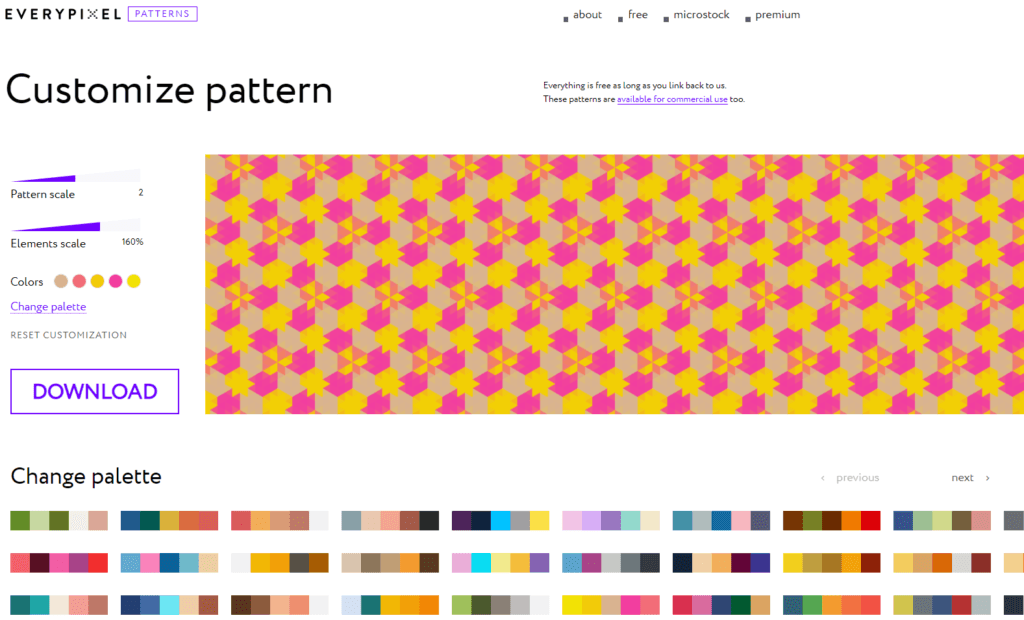
Everypixel is a popular royalty-free background image generator. It has a smart algorithm in its core for all the generative art processing tasks. You can upload your own photo or choose one from its library to produce an AI-based background with abstract patterns.
7. Chromata
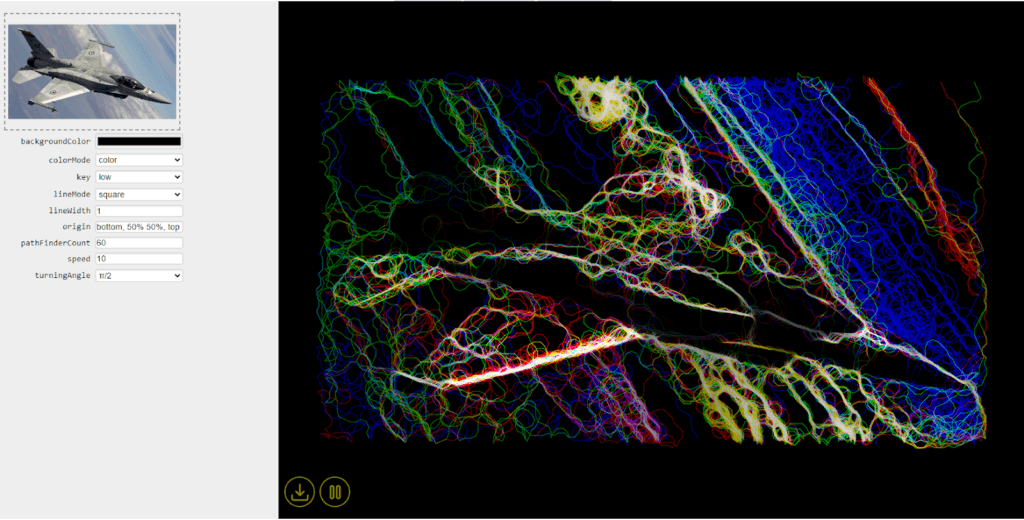
Chromata is a JavaScript-based AI tool for generative art production. The program scans the color data of an input image and creates a path for neon-color-based lines that crawl throughout the training image. You can create animation or still images on Chromata.
8. Chimera Painter
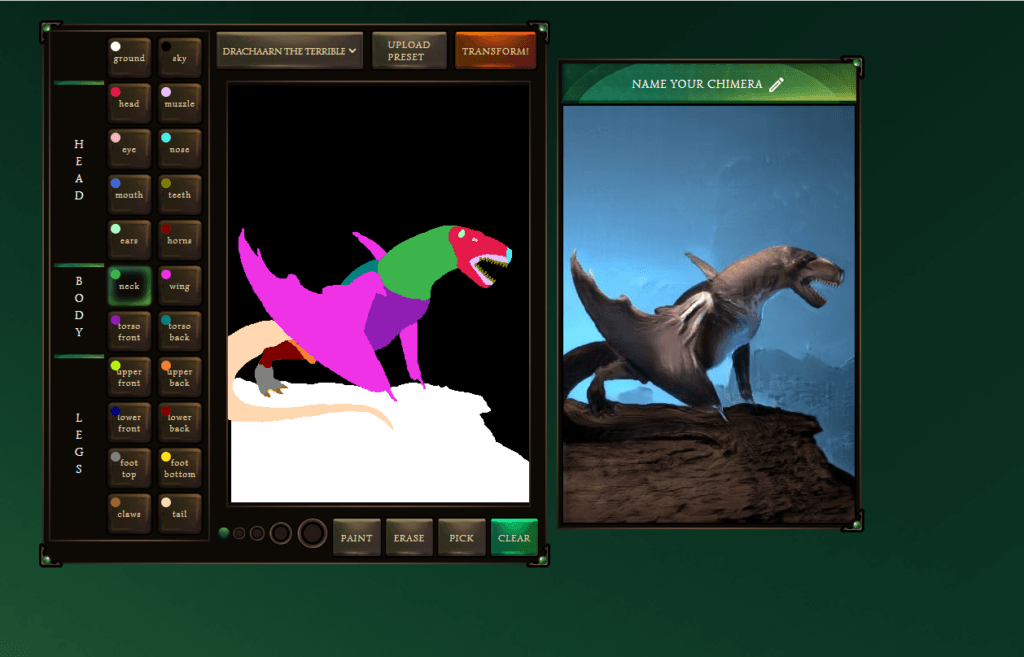
Chimera Painter is a Google AI and ML project trained on the CreatureGAN algorithm. You can simply draw body parts of an animal and the tool will add textures to create a fully fleshed-out 3D graphic model.
9. AI Painter
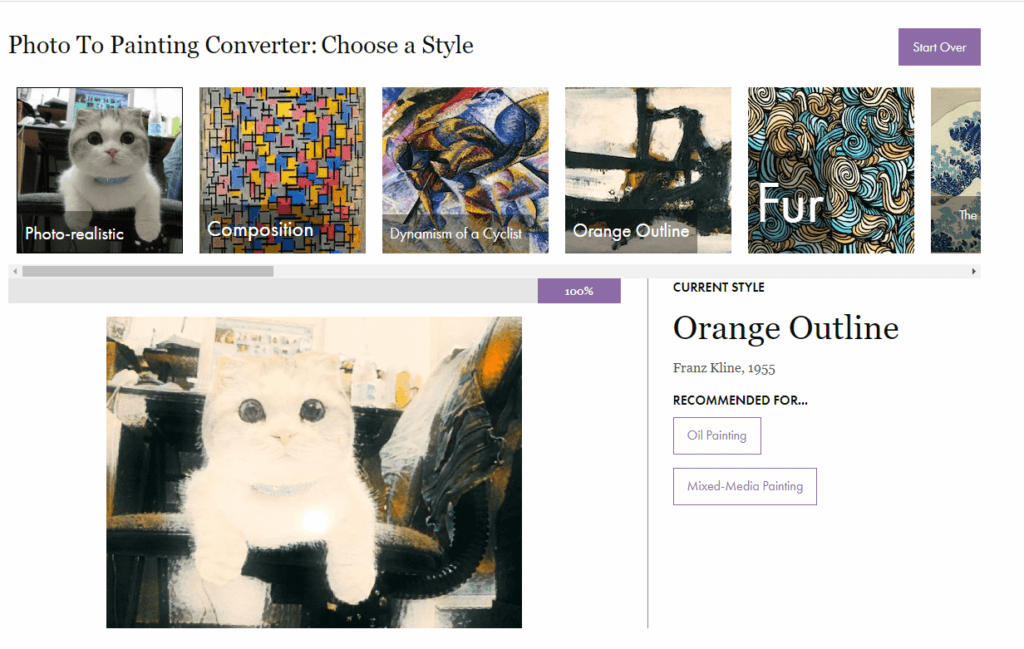
AI Painter is yet another popular photo painting converter. It uses a neural network of painting themes, styles, and objects to apply painting filters to your uploaded images.
10. NightCafe
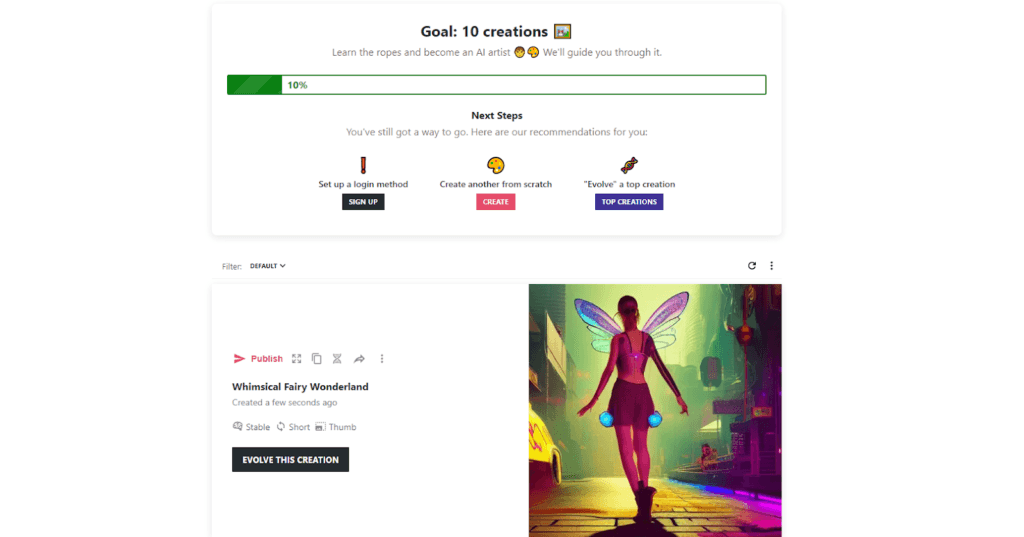
NightCafe uses various text-to-image algorithms to create digital artworks. Its core algorithms are Coherent CLIP-Guided Diffusion, Stable Diffusion, Style Transfer, and Artistic Algorithm.
Bonus Generative Art Tools
- WOMBO Dream for creating AI paintings
- GoArt for manipulating your images
- Deep Dream Generator for digital paintings
- Context Free Art for creating basic images from written instructions
- DeepAI for creating artificially generated images using text
Why You Can Trust Me
I’ve been reviewing software for many years now. After the NFT boom, I entered the Web 3.0 domain and started learning about apps, platforms, and technologies that constitute the Web 3.0 world.
I’ve also got an expert-level understanding of artificial intelligence (AI) and machine learning (ML) concepts.
I regularly stay connected with the NFT and allied niche to know recent happenings, new tools, algorithms, smart contract updates, and more.
Not to mention, I’ve personally tried all the above tools. I’ve put myself in the shoes of a struggling creative artist to find the best generative art tools.
The Final Word on Generative Art Tools
You can try any of the above tools to produce content for your NFT project or simply explore creating generative art. Pick an app depending on your creative style, theme, and genre.
AI Painter, Chromata, and Artbreeder are the best choices if you’re looking to create high-quality NFT artworks.

